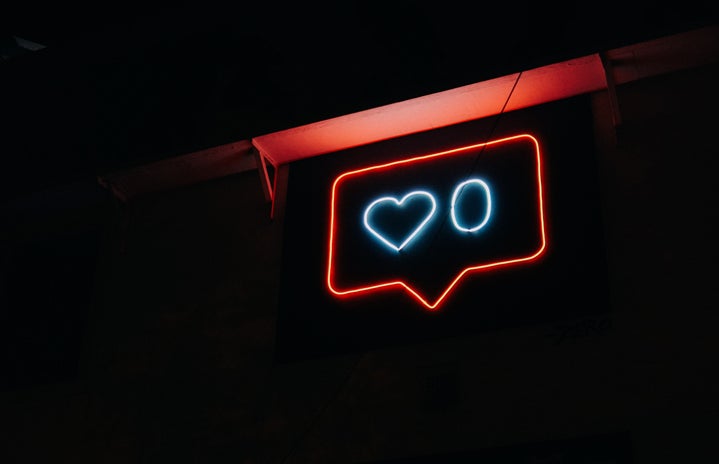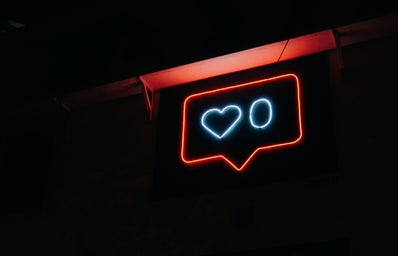My Instagram feed at the moment is full of photo dumps of girls caught off guard, glass of wine in hand or perfect bowls of pasta and sunsets over picturesque countryside. This emergence of ‘casual’ Instagrams and photo dumps makes it harder than ever before to find the line between social media and reality. It is easy to tell that the posed photos taken at a party probably don’t show what the people in them look like on a Monday morning, but when we’re flooded with pictures taken before a morning workout or on a midday walk it’s easy to compare your everyday life to that of other people. My Instagram profile, full of pictures of me with a full face of makeup and styled hair is a far cry from my weekday bare faced look when I traipse around campus wearing a hoodie and leggings. It’s almost automatic to compare yourself to the version of people you see on Instagram, and when you see your feed as less of a highlight reel and more like a perfect version of reality, it’s much harder to ignore.
I still love to use Instagram, though, and I know I won’t be deleting it any time soon. I’m always stuck scrolling looking for style inspiration and keeping up with my friends at home. There are some things that I’ve started to try to do recently to protect my mental health and still be able to see the posts I enjoy.
1. Unfollow, unfollow, unfollow
It was so hard for me to not feel guilty about this one, but I started unfollowing people whose posts I didn’t like to see. You don’t have to have a reason better than that. I only follow people whose posts I genuinely enjoy seeing, instead of following anyone I’ve ever met because I’d feel bad for unfollowing them. A girl who I used to go to school with that I’d had an argument with? Unfollowed. The influencer that edits their pictures but insists they don’t? Unfollowed. People who I hadn’t seen in years who I didn’t really care for keeping up with? Unfollowed. It’s not because I really had anything against the people I unfollowed, but seeing their posts wasn’t adding anything to my life. Now, my feed is full of people whose posts I really love seeing and I have more time and attention to interact with them instead.
2. No numbers
Instagram has a feature where you can turn off being able to see the number of likes other accounts posts have and you’re also able to turn off people being able to see the amount of likes on your posts. For me, this stopped the stress of having to post at specific times of the day to make sure I get the most likes I can or comparing the likes my post got to how many likes my friends get. It is easy to subconsciously start tying some of your self-worth to likes on Instagram, even if you don’t realise it, and it’s so much easier to care less about the numbers when they’re not staring you in the face every time you click on the app. Hopefully, Instagram will come up with a similar feature for the number of followers soon.
3. It’s all about the vibes
I’ve started trying to post photos of times that I was genuinely happy or having fun instead of just when I felt I looked good enough to post. My friends and I went on holiday to Miami and we got tons of photos on the beach. There were lots of posed pictures, but the one I felt happiest seeing was of my friend and I off-guard laughing at each other. I was genuinely having fun at that moment, but my mind started racing about my nose and my side profile that I thought looked worse than the posed pictures. Although I felt like this, I posted the pictures anyway. I loved how happy we looked and now every time I look at the pictures, I don’t see the flaws I first saw but instead I’m reminded of how much fun we had on that holiday.
Since I changed these few things, I’ve been less obsessed with comparing myself to others and I’ve stopped relying on Instagram for self-confidence. Although most of my posts are still an idealised version of my life, they still represent moments that I’m at my happiest and I’ve stopped being so worried about the likes that I get from them.


